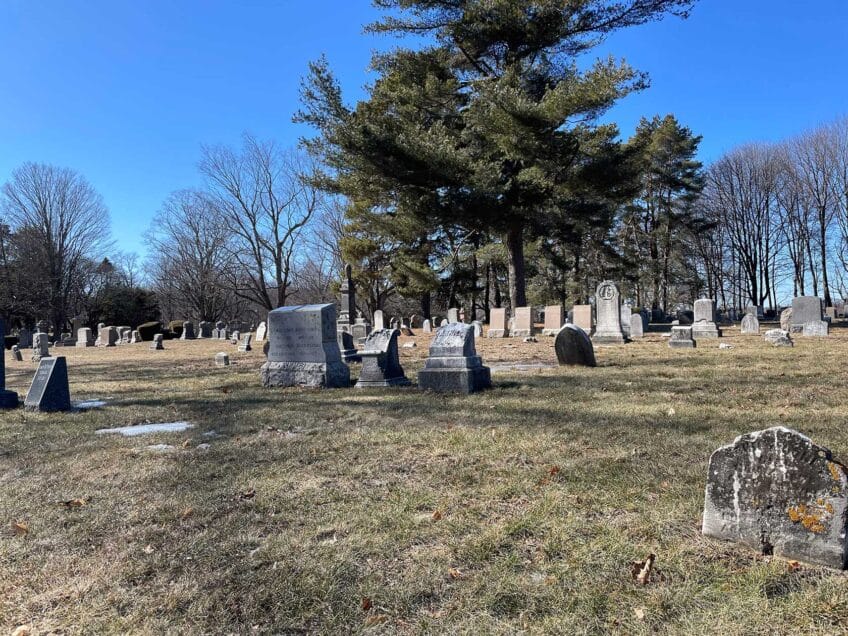Eviction delayed for Black arts collective at Northeastern studios
Mayor Walsh will facilitate negotiations between artists and building owner.

Mayor Martin J. Walsh has stepped in to help African American artists fight eviction from Northeastern University-owned studios in Jamaica Plain.
Artists affiliated with Northeastern’s African American Master Artists in Residence Program (AAMARP) have called 76 Atherton St. their creative home for decades, but the university is now demanding that the collective vacate its workspace, citing numerous safety concerns and code violations.
Following contentious meetings between Northeastern’s director of risk services, Sonya Ross, members of the collective and their representative, Gloretta Baynes, the eviction deadline was set at July 31, until the mayor’s office intervened last week.
“The Mayor and Northeastern had a very productive meeting on Monday, and Northeastern is notifying the AAMARP artists that there will be a series of conversations between them and the artists, facilitated by the City,” said Walsh’s press secretary, Samantha Ormsby.
It is hoped these talks will strengthen the program’s future at Northeastern and find a new deadline for artists to vacate the space for renovations.
Originally ordered to leave the two floors they occupy in the building on Atherton Street by July 13, the date was extended to July 31 after both sides met on July 6.
“It came out of the blue,” said Don West, a photographer and member of the collective, who, like most of the dozen artists working in the space, was surprised to receive the eviction notice. “There was no warning or discussion before this,” he said.
Northeastern, which has had a relationship with the program since it was founded by artist Dana Chandler in 1977, said the building poses significant health and safety risks to the artists and the public.
The original letter sent to Baynes at the end of June by the university’s vice president for facilities, Maria Cimilluca, lists several code violations and safety concerns. These include the construction of makeshift walls from flammable materials, unauthorized padlocks barring owners’ access to parts of the building, tampered electrical wiring and proof that studios are being slept in overnight, despite the building not being zoned for residential use.
While residents were permitted 24-hour access to the building, West only recalled one instance, six or seven years ago, when an individual was living in the space but was swiftly removed from the program.
In a later letter, dated July 9, Ross described the “hazardous conditions,” of the building, blaming safety risks on “AAMARP occupants modifying the interior of the building.”
West called Northeastern’s assessment of the building’s safety “questionable,” even though the university conducted their own inspections and hired a third party engineering company to check the building. He is incredulous, partly because some of the safety hazards they highlighted had been known about for years.
“Those walls have been in place for 15 years,” said West, who said the walls were built by an artist wishing to create a more private workspace. “They promised to renovate Atherton Street then and they didn’t do it.”
Moving on
Why Northeastern has taken a sudden interest in renovating the building, and what they intend to do with it once it’s finished, remains unclear.
West understands the property belongs to Northeastern and they have a right to renovate it whenever they want, but, he said, members of the collective feel insulted by the way the situation has been handled so far.
“They own the building, fine. They can do what they want, but be honest, be upfront and professional, don’t send a threatening letter at the last minute,” he said.
With the mayor facilitating negotiations between the two groups, it is hoped an agreement can be reached whereby permanent eviction is avoided and temporary studio space arranged for artists while renovations take place.
Northeastern representatives have offered to help artists remove their work, but have stopped short of finding them alternative studios while the building undergoes an upgrade.
“We now have some equity,” said West, who hopes that, with the mayor’s help, they can improve communications between the collective and the school so that AAMARP may continue as a program under Northeastern’s Department of African American Studies, as it has done for the last 40 years.
“They have a gem here, one that they don’t fully realize,” said West.
“From the language [Northeastern has] used, it’s clear they’re not familiar with the program and don’t really understand its integrity, its connection with the community,” said West. “Doing what they did, it was a huge blow, not just to us, but to the community.”
AAMARP artists hope negotiations with Northeastern, aided by the mayor, can begin at City Hall this week.






